This is the continuation of the article “Narrative Analysis with MAXQDA 2018: The Daily Life of Eveny Reindeer Herdsmen – Part 1” published last week here in the MAXQDA Research Blog. In the first part of this article, we met Afonia, a successful Taiga man who is an Eveny reindeer herder from North Yakutia, Russia. In this article, MAXQDA Research Grant winner Aivaras Jefanovas continues the story of his fieldwork with Afonia and his data analysis with MAXQDA 2018.
A Day with a Nomadic Family
The time when Eveny reindeer herders lived in nomadic conical tents made from reindeer skins has passed. Afonia and his family spend cold period months residing in heated log cabins, each one built 10 km from the other along the river valleys. These huts are alternated between every three to four weeks by gradually moving up the river and in such a way following annual migration routes of reindeers.
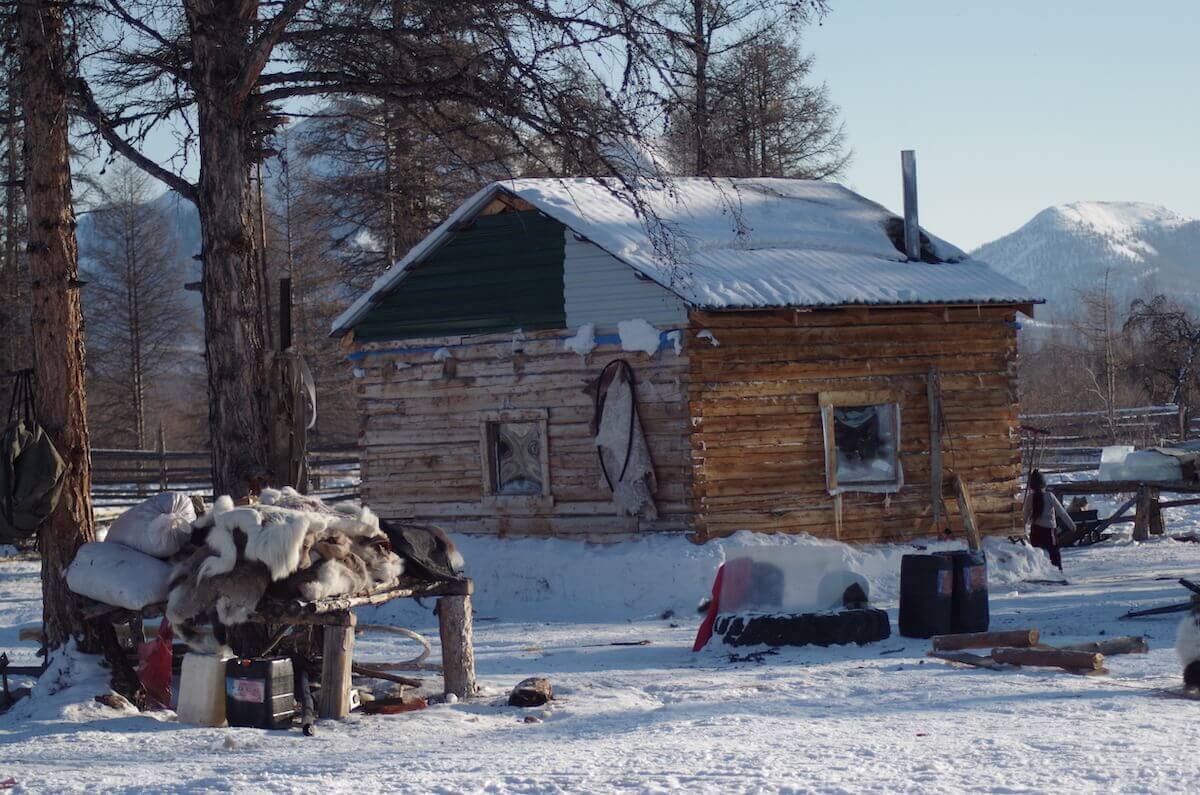
A log cabin in the Taiga where Afonia’s family spends the winter months
It was a cold night and the temperature dropped below -40 C. Afonia got up several times during the night to bring firewood into the hut so that his family could wake up to a warm home. Afonia then prefers to get up at 9:00 in the morning, which is a bit later than what I had observed in other camps. A small part of the herd is usually kept near the household for transportation purposes, and other herders I had met rose early in a rush to bring back the far-flung reindeer that had wandered in the night.
As a family man, Afonia likes to spend more time at home in the morning with his youngest daughter Karina, who likes to play games, watch videos, or listen to music on her daddy’s smartphone. When the other kids woke up, Karina jumped to her brother’s bed and lovingly whined “pretty please” (rus. Pozhaluista, proshu) in Russian, asking to play with Martin’s smartphone. Next year, Karina will attend a Russian-speaking first-grade class but, in the meantime, her mother has been teaching her a few Russian phrases. I also found it interesting to learn that English lessons are offered at the village school as well.
That cold morning, Afonia quickly made breakfast for the children. It was astonishing to see grapes, apples, oranges, and bananas served in an iron pot and Coca-Cola and candy on the table. Fruits are such a rarity in the Siberian Taiga! After a while, calmly smoking cigarettes and sipping Cola, Afonia put on thick and warm modern Arctic coveralls and goggles and went on out on his snowmobile to bring in the reindeer. Eveny herders traditionally ride saddled reindeer to drive the herd but snowmobiles are used more and more as a convenient substitute.
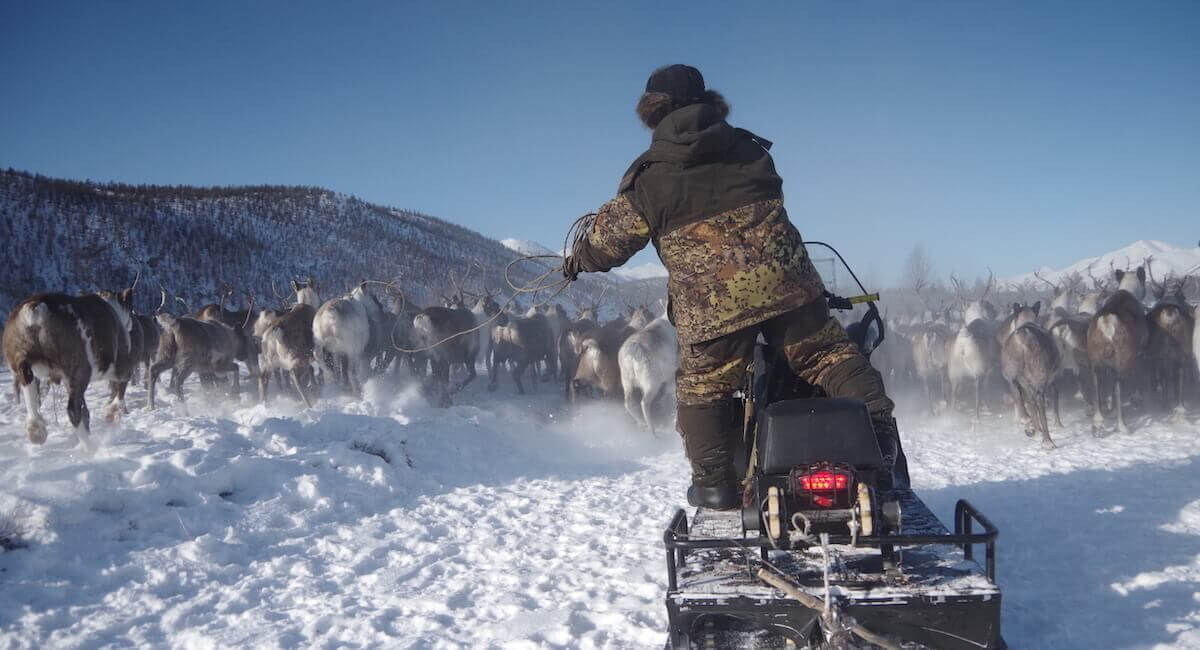
“The Duty” – Afonia herding reindeer
While Afonia was busy in the Taiga, his wife Varvara (Varia) took care of the household by keeping the fire in the oven going, boiling tea, and preparing meat soup for everyone’s lunch. At first, eating so much meat every day felt unusual to me. The Eveny diet consists almost entirely of reindeer, but moose, mountain sheep, and other wild prey is also eaten. Locals joked with me that in the Taiga, “we (Eveny) are used to eating meat in the morning, afternoon, late evening, and all the time in between”. All jokes aside, the herders told me that without meat, the Eveny would die in the harsh and cold Arctic environment.
Meanwhile, Afonia’s kids seem to have a routine filled with duties that actively contribute to the household. They bring in firewood, river ice for melting into drinking water, wash dishes, and clean the hut floor. Close to the midday, Varia would routinely sew and the kids played cards, browsed the web on their smartphones, or went for short walks around the hut.
Suddenly, the bells, fixed on reindeer necks, sounded and snowmobile engine noises sounded from the mountains. Everyone in the cabin quickly recognized the sounds as Afonia coming in with the reindeer. We all rushed outside to help navigate the reindeer into their enclosure. Maia took a pocket full of salt and ran ahead luring in the reindeer, calling “nia, nia, nia”. The reindeer responded by stretching their muzzles toward her, sniffing and then fallowing.
Meanwhile, Martin, little Karina, Varia, and I waved our hands and pushed the reindeer toward the fence. Afonia approached the herd from behind and locked up the enclosure with poles. Varia immediately took a piece of paper and start counting reindeer. She was able to distinguish their own animals from neighboring herd members who occasionally joined in with theirs. She mentioned, that herders were preparing for their annual reindeer recounting and marking, which is a hard job.
Afonia added that there is always a lot to do at camp, but autumn is the busiest time, as he is constantly out hunting mountain rams called “Chubuku” and fishing during that time. Sometimes he doesn’t even realize that a month has passed during this intense period. Some men can’t even get up out of their beds for many days when the season ends.
Entertainment on Ice
Later that day in the afternoon, a van with Eveny teachers and pupils from the village school arrived. A convenient way to get to the camp from the village is to drive the 40 km via the frozen river. They came because Afonia had made an agreement with school administration to take care of dozens of school-owned reindeer and had volunteered to teach pupils to perform reindeer herding practices while living in Afonia’s camp over the next few days.
Soon after the first, another van showed up. This time, the smallest schoolchildren arrived with their mothers to spend the short spring holidays at the camp. Suddenly, the encampment was filled with people in action. I was impressed by how they immediately all came together to see to their accommodation. The boys brought in logs and sawed them into boards to make beds in Afonia’s second cabin. Meanwhile, the girls heated the empty cabin’s cold oven and brought in ice for melting.
The people here have to make things immediately, I thought, as an Arctic environment can quickly lead to the end for a hesitant person. That said, when I asked some of the pupils if they would like to become reindeer herders, many answered that they don’t. Interestingly enough some of them were in the Taiga for the first time that day. Afonia later explained that today, almost everyone wants to live in cities with modern comforts.
The next generations of reindeer herders were usually raised in herding families and have been involved in herding from their childhood.
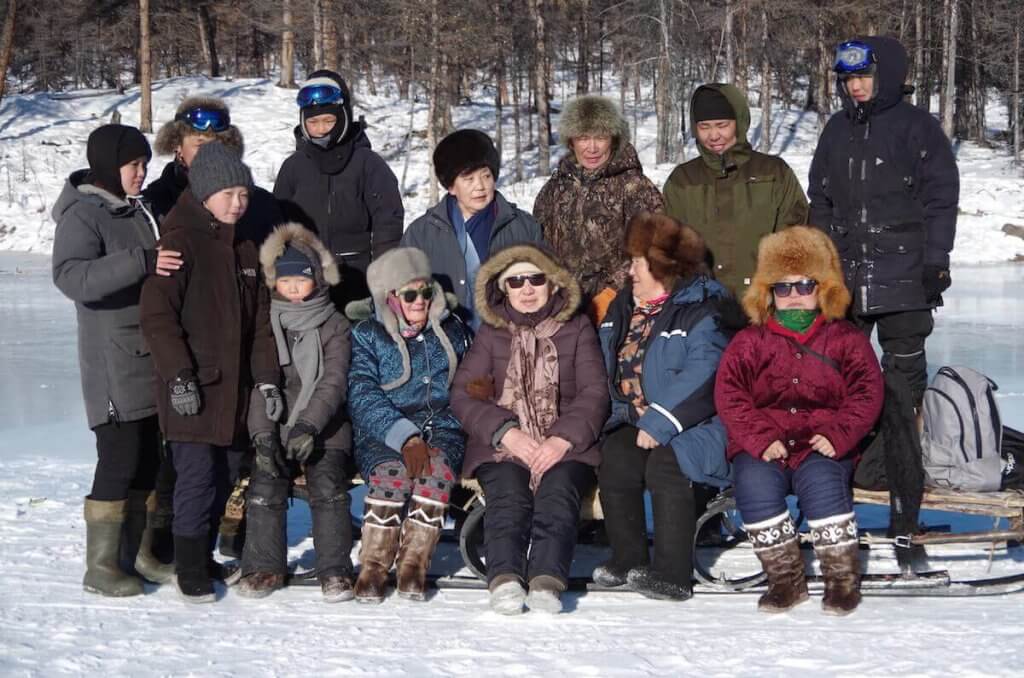
“Entertainment on river ice” – Eveny community members in the Taiga
Afonia rushed to organize entertainment; he took a full van of children to the river so that they could ice skate and have a barbeque. It seems that Afonia is always happy to be surrounded with big groups of people. Relatives and herders from neighboring herds often visit him in the Taiga to talk about jobs, predators, hunting, snowmobiles they need to fix, etc.
When meeting old friends, Afonia performatively makes a boxer posture and jokingly wrestles with them. I noticed that kids also use shows of strength, such as playfully wrestling, to establish a hierarchy. Supposedly, this behavior reflects a kind of relation with the Taiga – to be strong and resistant means that you are a person others can rely on.
That being said, sometimes aggressive incidents did take place in the Taiga. I noticed huge scars on Afonia’s right hand, behind his tattoo of an eagle. I asked him how it happened and Afonia explained that in 90s, after the collapse of the Soviet state, things were fuzzy that time. He was young and embroiled in an incident where alcohol was involved. Life in the Taiga can at first seem romantic and peaceful but it is always risky and unpredictable. For instance, we cannot know for certain how many people have mysteriously disappeared in the deep Taiga.
At around 9:00pm, Afonia started a gasoline generator to provide electricity for the group. This was a time in the day when everyone gathered together in the cabin to watch movies on Afonia’s laptop, charge smartphones, play games, boil the food, and eat. The atmosphere was light and warm.
It was noisy as many things were happening at once. Afonia brought iron parts inside and cut them with a circular saw. Hot sparks were flying on everyone so the children began screaming and hiding under the beds. Meanwhile, others were loudly listening to music or playing games on smartphones. It was a little bit strange for me to be in such a crowded room; it seemed as if no one here was expecting to have any personal space.
This is no problem for the Eveny; they were used to getting together in tight groups, like in the times when there were clans. Everyone was excited and in a good mood because one of the most remarkable events of the year was fast approaching – a reindeer festival would take place in just a few short days.
Sakkyryr Reindeer Festival
The yearly reindeer festival takes place in Sakkyryr every March, consisting of various competitions and a reindeer race, which is organized by the village municipality and community. It’s a celebration for everyone, but especially for reindeer herders who gather together from nearby Taiga areas and neighboring regions. They come to converse with each other and compete for lucrative prizes, such as money, vehicles, new rifles, gasoline generators, smartphones, laptops, or barrels of fuel.
Afonia’s family carefully began preparing 10 days before the event: Varia and Afonia’s mother Maria spent whole days in the Taiga cabin sewing attributes and colorful decorations for the reindeer, which are considered to be the pride of the family. To my surprise, Maria showed me similar things that she had made 40 years ago, including the “Vairas” emblem from Lithuanian-made bicycle.
It’s amazing that this symbol ended up in the Siberian Taiga, 6000 km away. Perhaps it may have been imported at a time when Lithuania was a part of the Soviet Union. Through this story, I once again chanced upon the opportunistic character of these people, as they could adapt anything on hand to meet their needs.
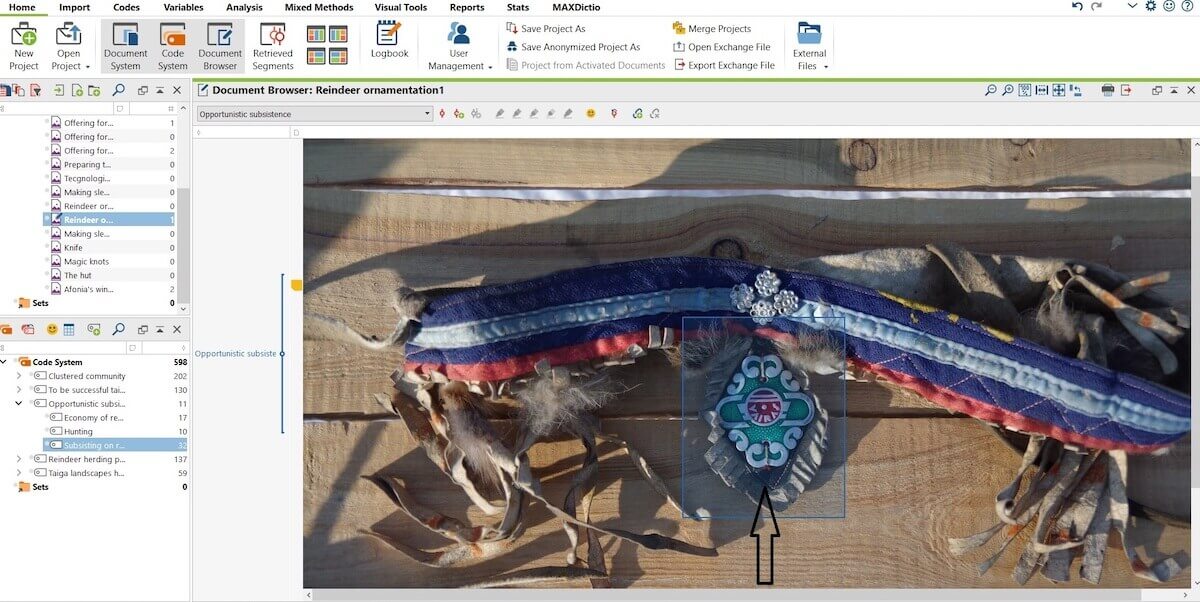
Reindeer decoration with Lithuanian bicycle symbol I coded with “Opportunistic subsistence”
Meanwhile, before going to the village, Afonia selected the fastest and most resistant reindeer from the herd that he had been training to run pull sleds. Afonia himself didn’t need to train at all because he does these things daily as a part of his job. Afonia told me that during the race, he talks to the reindeer like a shaman to encourage them to run faster. He whispers things like, “hey guys try more, just a little bit left to the finish, we need a new snowmobile”.
The importance placed on winning demonstrates the great economic rewards reindeer races can bring, which have become a kind of family business for Afonia. For example, several years ago, Afonia won a Russian “UAZ” van, which became the main vehicle that he uses for the constant moving between the Taiga and the village during the cold season. Last year, Afonia’s family was nominated for best nomadic family and took the prize, a new snowmobile, with great pride.
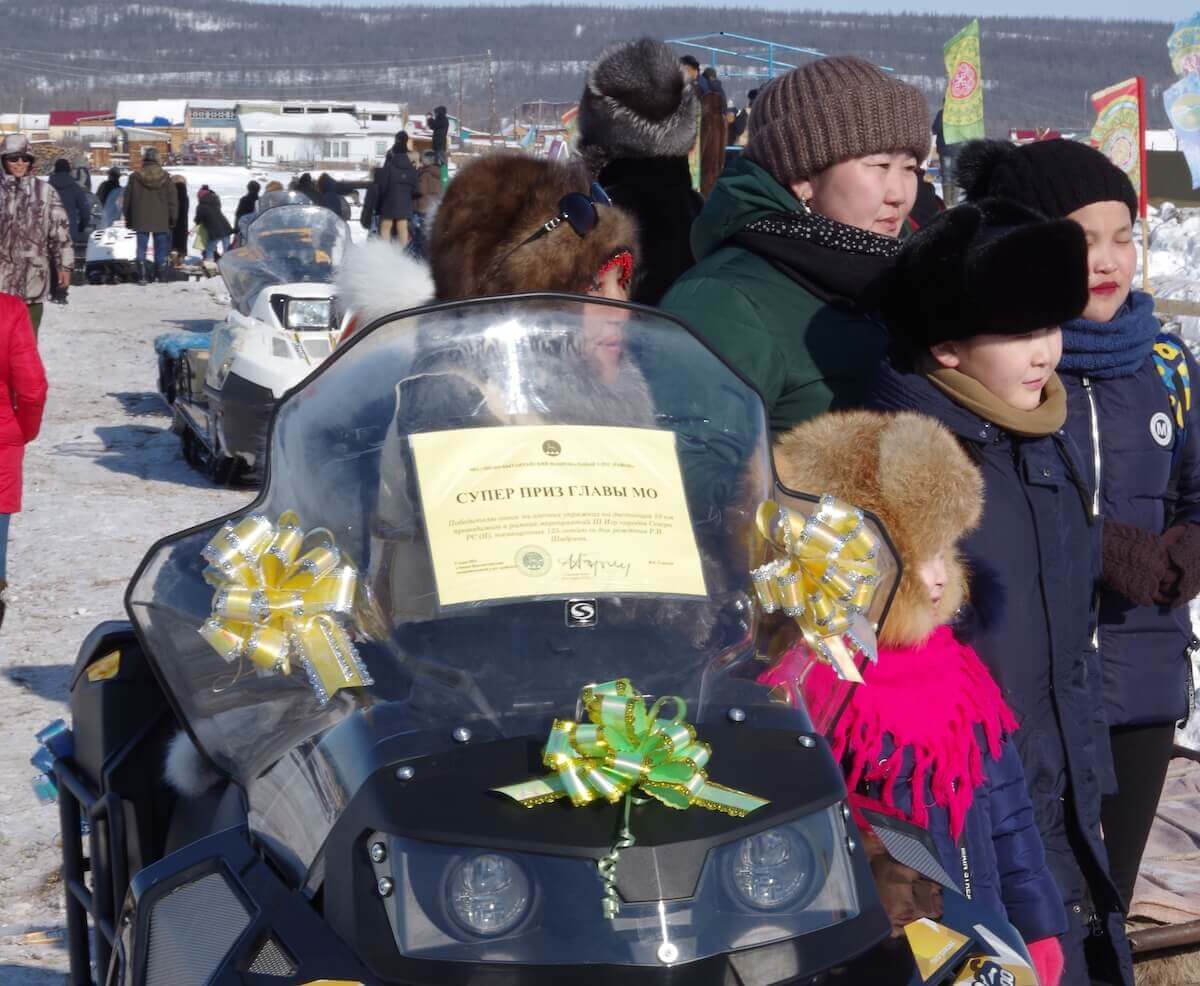
“The Prize” for nomination “best nomadic family” – a snowmobile
Even today, the Eveny rely heavily on their reindeer. They are the identity of the nation, a means of transportation, living currency, and a means of exchange, and in the Taiga and the village.
I was wondering how the sale of reindeer meat was organized – is it exported to the city, exchanged or sold locally? Afonia explained that there is no formal economic exchange with the city. Reindeer meat is consumed in the village and passed through the Taiga using a network of acquaintances and relatives. Only small quantities of reindeer meat are sent to relatives in the city.
It is interesting to me that herders, relying on reciprocity-based relationships, could ask each other to watch over each other’s reindeer by temporarily joining them with a neighbor’s herd. Afonia told me that this exchange system is based on trust because, as for keeping the reindeer of fellow herders, the keeper could ask for meat in exchange or for help during reindeer recounting, which is a hard job and help is always needed.
In fact, it is not only reindeer that can be shared. Afonia offers his own handmade reindeer sleds to the fellow herders he meets at the yearly reindeer fest. He is a master of making sleds with the ancient techniques he was taught by his father, and this type of gift is highly valued. It seems that in their culture, anyone may expect to be asked for things to share. People engage in mutual exchange because many things can be perceived as a shared resource.
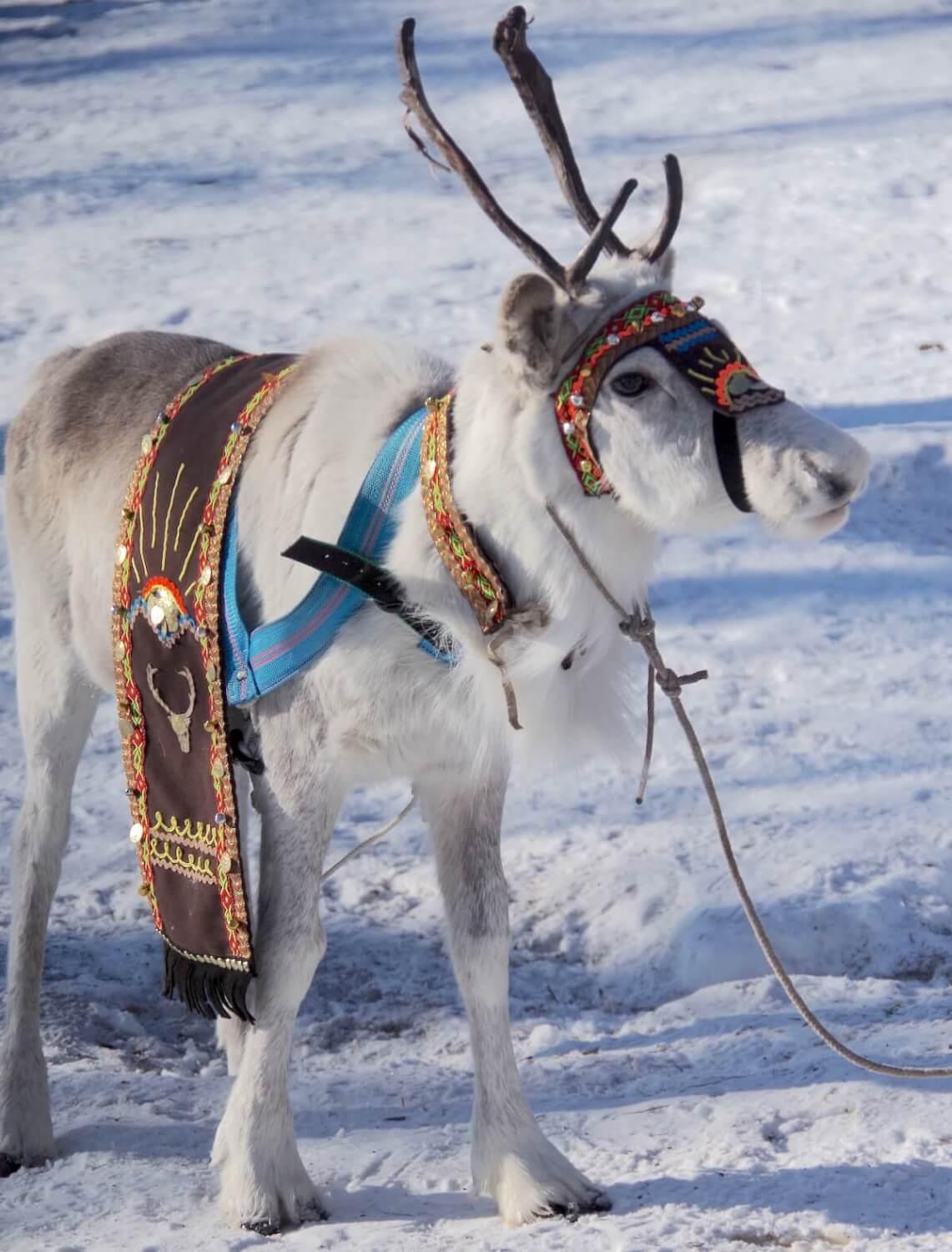
Reindeer calf decorated with Eveny traditional ornamentation for the annual reindeer festival
Opportunistic subsistence in Taiga style
The village atmosphere, compared to being in the Taiga, reflected differently on Afonia’s family. I noticed that Afonia immediately became very busy, he rushed to contact many people via phone in order to make deals for various household goods, order extra vehicle parts, and buy a barrel of gasoline.
Meanwhile, his wife took care of the household. She cooked the meals, washed clothes, prepared the sauna, and more. Afonia explained that everyone there needs think two steps ahead and strive to refill all possible storage, otherwise people wouldn’t be able to survive.
Whereas village life is an integral part of Taiga subsistence, their life back in the Taiga itself is slower and calmer but not less busy. Once I was wondering why Afonia would drive long distances in the Taiga, as this consumes large amounts of fuel. The purpose isn’t necessarily obvious – while underway you have the chance to hunt moose, spot mountain sheep for food, inspect the area for predators, and be aware in which direction the reindeer are moving.
It is also the way to interact with landscape spirits. During our trips, we would make stops in certain places to leave offerings for spirits. Not doing so was seen as disrespecting the spirits who then disable their vehicles and prevent them form moving forward. I once saw a cola bottle with the tethered cap fixed on a tree for everyone to use as a place where they could leave dry offerings inside, such as cigarettes or tea packets.
Nonetheless, I would say that simple pragmatism is a main feature of the Taiga people. I came to this conclusion based on things like their quick “magic” knots, which are used for many purposes, such as tying down cargo on sleds or attaching the saddle of a reindeer to a tree.
Thriving in this environment also means being alert to natural changes. Reindeer herders are used to noticing anything unusual in their environment; even a shifted stone doesn’t go unnoticed. Skills like these are highly important and effective in the Arctic weather.
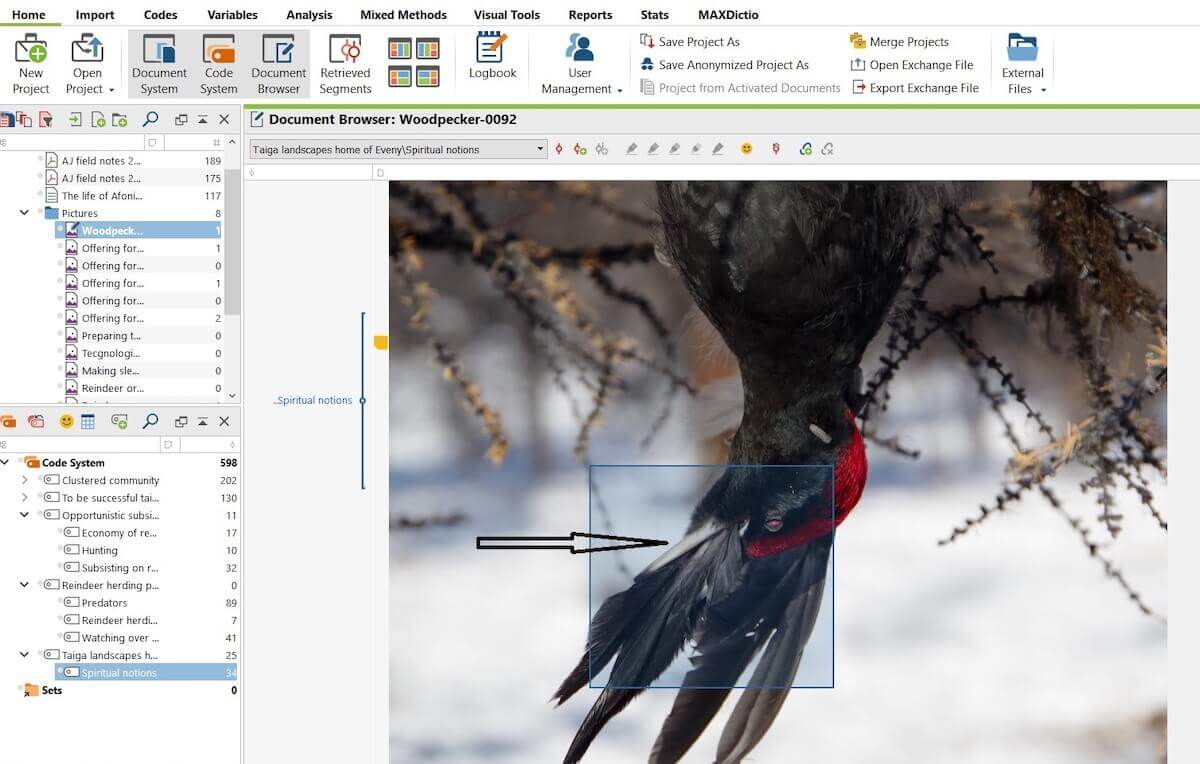
Zooming in on pictures while coding images with MAXQDA 2018
One day I was suddenly roused by a gunshot nearby. I ran outside the cabin and saw Afonia with a rifle and dead black woodpecker his hands. He pointed out that the bird was unafraid of people. It had been screaching and flying around the hut unusually for a whole week.
This was strange because woodpeckers usually hide from people such that you can only spot them from behind a tree trunk in the forest. Afonia believed that the close presence of the bird was an ominous sign and could bring misfortune or even death.
Following traditions passed on to him by his grandfather, Afonia hung the woodpecker down on a larch. I took a photo and when I zoomed in, I was surprised to see that the woodpecker’s feathers had been put in its beak. This raised new questions and I asked Afonia to explain. He put the feathers in the bird’s beak so that it would look like the bird had bitten himself. He explained that by doing such a thing, he was deflecting the misfortune away.
It seems that the unusual behavior of the bird immediately drew Afonia’s attention. I would suggest that this is a kind of mutual bond that he has with the Taiga. A Taiga man has to be aware of all the subtle features of the environment he dwells in and quickly adjust to meet every opportunity head-on.
Concluding remarks
It was an exciting journey with the Eveny reindeer herder family in the Yakutia Taiga. My fieldwork revealed that the Eveny living in this remote Arctic landscape are highly skilled and technologically advanced people who can quickly take on any opportunities and hurdles that come their way. These features make Taiga people extremely well adapted to the harsh and unpredictable Arctic environment where life demands maximum effort to survive and flourish.
Throughout my empirical research journey, I was glad to have the MAXQDA at my side. MAXQDA enables me to assemble all of the vast and puzzling information I gathered in one place. I look forward to my next journey in the field coming up soon – and I will definitely be taking MAXQDA with me.
Aivaras’s first
Fieldwork Diary Entry
About the Author
Aivaras Jefanovas is a recipient of the 2018 #ResearchforChange Grant. He is a PhD student in Ethnology at Vilnius University Institute Of Asian And Transcultural Studies. His research project titled “Investigation of sociocultural relationships between humans and animals among Siberian reindeer herders and hunters” began in March 2018. Find out more about how he will continue to use the grant in his upcoming fieldwork diary entries, coming soon!

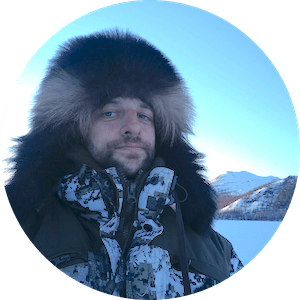 Aivaras Jefanovas is a recipient of the 2018 #ResearchforChange Grant. He is a PhD student in Ethnology at Vilnius University Institute Of Asian And Transcultural Studies. His research project titled “Investigation of sociocultural relationships between humans and animals among Siberian reindeer herders and hunters” began in March 2018. Find out more about how he will continue to use the grant in his upcoming fieldwork diary entries, coming soon!
Aivaras Jefanovas is a recipient of the 2018 #ResearchforChange Grant. He is a PhD student in Ethnology at Vilnius University Institute Of Asian And Transcultural Studies. His research project titled “Investigation of sociocultural relationships between humans and animals among Siberian reindeer herders and hunters” began in March 2018. Find out more about how he will continue to use the grant in his upcoming fieldwork diary entries, coming soon!